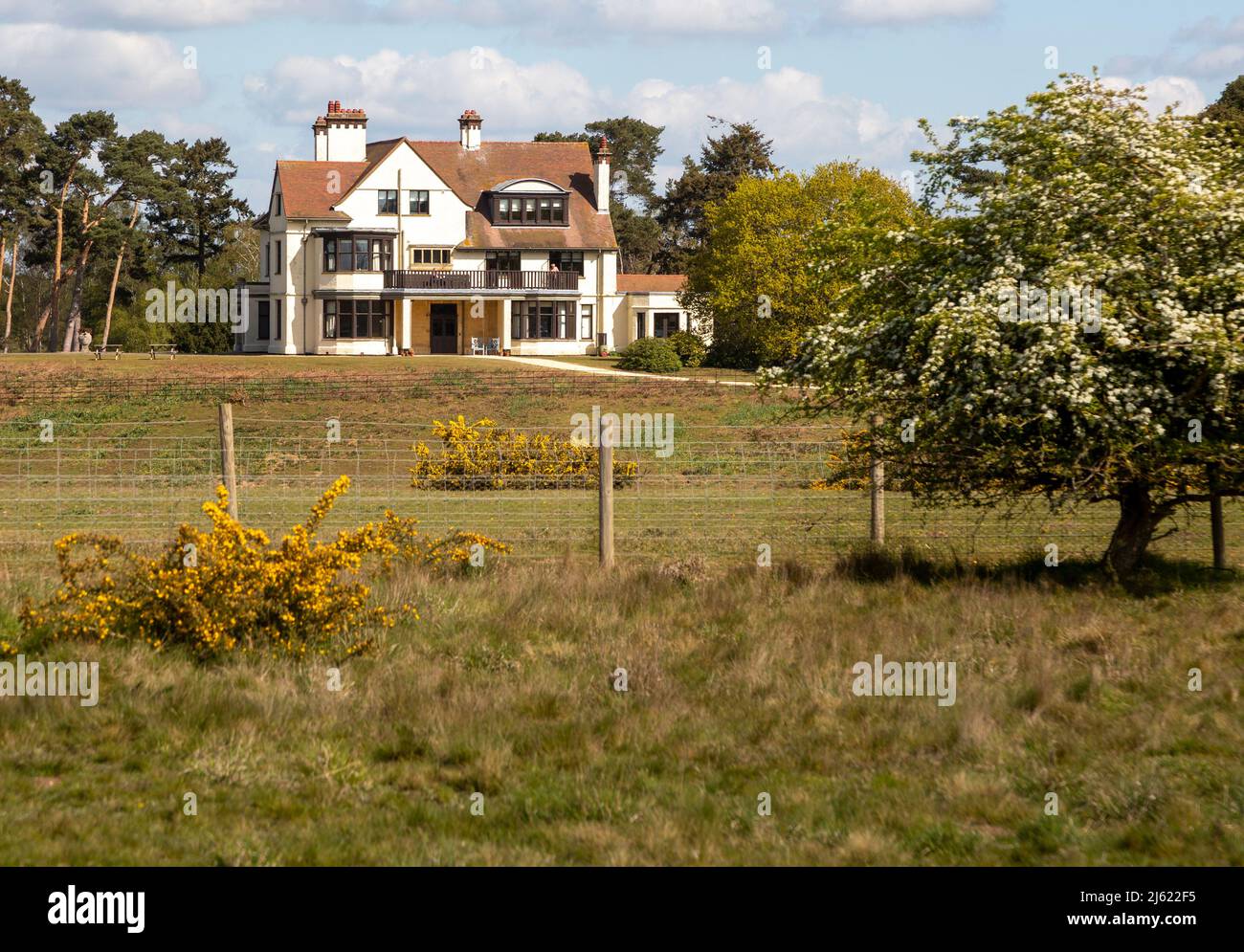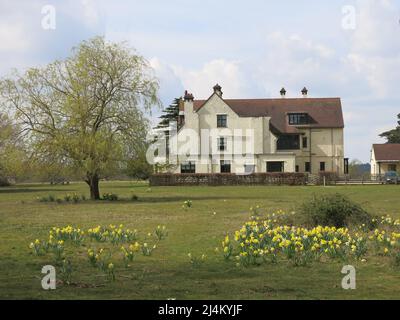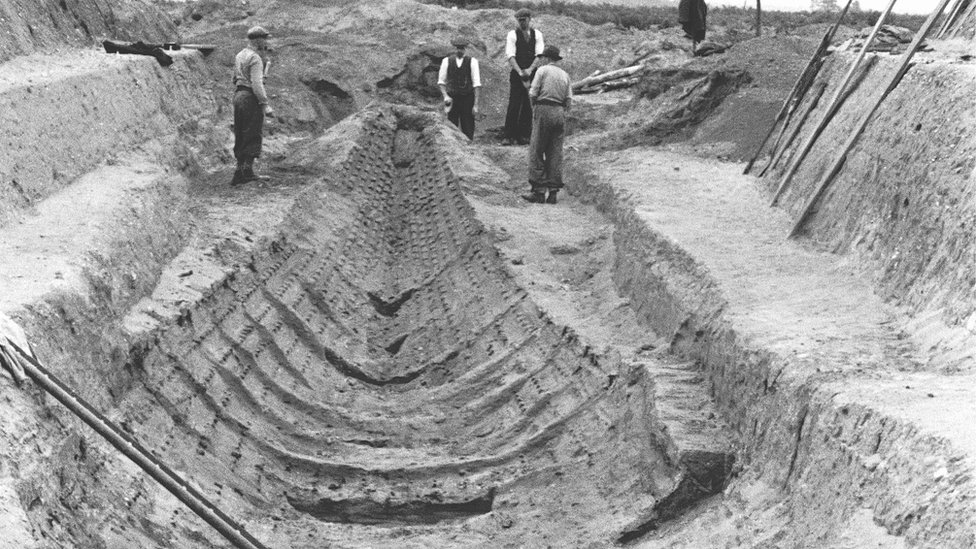

Mound 2 - the mound looted by Tudor graverobbbers, now reconstructed to something like its original height.

#Edith pretty from socialite to sutton hoo portable#
Martin Carver (see bibliography below) suggests that Dee’s proposal to Lord Burghley could have been an attempt at “a portable antiquities scam”, presumably aimed at fleecing investors. He saw the appearance of a new star two years previously as foretelling “the finding of some treasure.” Dee’s letter explained how visions, dreams and “strange terrestrial emanations” pointed to hoards beneath the earth.ĭee’s letter requested a licence to seek for treasure on the Queen’s behalf, in return for half the spoils. Pleading for an annual pension of at least £200, Dee proposed a way to source it cost-free, by discovering buried treasure. So, prompted by his desperate finances, Dee wrote in October 1574 to Lord Treasurer William Cecil, Lord Burghley. He therefore sought Royal Letters Patent to protect him against accusations of sorcery in his endeavours. The 1562 Statute against Sorcery carried the death penalty for persistent discovery of treasure “by the aid of magic.” Dee repudiated magic and believed he was using mathematics and the scientific exercise of supernatural powers to find buried treasure. Dee found the money to send Kelley on a twelve-day voyage around England in 1583 to gather these “earths.”Īccording to contemporary belief, treasure buried in the earth was in the custody of demons, only discoverable with their help. El allegedly told Dee and Kelley that if they collected soil samples from each location mentioned in Kelley’s scroll, spirits could then recover whatever lay buried there. The spirit identified himself as “El”, opening up his chest to reveal his name written on his heart. One of the numerous spirits that Kelley persuaded Dee had appeared to him instructed Dee and Kelley to dig up the treasure identified in the scroll. The latter included a map cryptically describing ten locations of other buried treasure.

These were a book allegedly written by St Dunstan, a vial of a red “powder of projection” and a scroll in coded Medieval Latin written by two exiled Danish princes. Dee’s writings made little distinction between mining for ores and digging for treasure, in a period when archeology was known as “gold mining.”ĭee’s scryer (spirit medium) Edward Kelley conned him with an elaborate hoax involving fake artefacts he claimed to have dug up at Blockley, Gloucestershire in 1583 (or from Glastonbury or from a Welsh bishop’s tomb, in other versions). In later life he leased and ran mines of his own in Devonshire, from which he received royalties. Dee genuinely had some expertise in geology, surveying and metal assaying. One ability Dee believed he possessed was discovering hidden treasure, he had several misadventures in that field. Portrait of occultist and court astrologer Dr John Dee, from A True and Faithful Relation of What Passed For Many Years Between Dr John Dee. (Sutton Hoo’s just 12 miles from the sea.) A tradition also seems to have taken hold that Dr Dee sought a commission to search for treasure on the East Coast.

The robber’s trench was later firmly dated by the discovery in it of a Bellarmine jar (famous for its use as a “witch bottle”). Brown’s team believed that this happened in the sixteenth century and there is still a commonly-held belief today that the robber’s trench and looting was the work of a team led by Dr John Dee (1527-1608). Who were these Tudor grave robbers? Tradition has pointed the finger of suspicion at Elizabeth I’s astrologer and legendary occultist Dr John Dee.Īt the time of the 1939 excavation, Basil Brown’s team came across Mound 1’s robber’s trench and found Mound 2 extensively looted. Tudor grave robbers had looted most of the other mounds long before the official dig, “ill-doers” had dug a “robber’s trench” into Mound 1 that came within inches of discovering the treasures of King Raedwald. Mound 1 - the mound that contained the Royal ship burial.īut the legitimate excavations in what’s now known as Mound 1, the world’s greatest Anglo-Saxon ship burial, complete with the impression on the sandy soil of the timbers of a buried ship 90 feet (24.7 metres) long, weren’t the first.


 0 kommentar(er)
0 kommentar(er)
